We’ve all seen ads trying to sell us stuff, phones, sneakers, food delivery apps. That’s the usual image of marketing, right?
But there’s another side to it. A quieter, more powerful side. One that isn’t just about conversions or clicks, but about changing how people think and behave, for the better.
Brands are no longer just chasing profits, they’re stepping up to create actual social impact. From mental health awareness to sustainability efforts, marketing has become a tool for driving change in the real world.
In this post, we’ll break down what is social marketing, how it’s different from commercial or social media marketing, and how real brands are using it to spark important conversations. We’ll also share tips and case studies you can learn from.
Table of Contents
What is Social Marketing?
Social marketing is the use of marketing techniques to influence people’s behavior in ways that benefit individuals and society as a whole. Instead of selling a product, it’s about promoting actions, like recycling, quitting smoking, or treating others with empathy.
This idea came out of public health and social science work in the 1970s. Researchers realized that the same strategies used to sell soap or soda could also encourage safer driving or better health choices.
At the core of social marketing are three things:
- A goal to change behavior, not just raise awareness
- A focus on long-term impact
- A drive to create positive, meaningful outcomes
And just to clear things up: this isn’t about social media marketing. That’s platform-based. Social marketing is purpose-based. It’s bigger, deeper, and rooted in human behavior, not just content calendars.
Why is Social Marketing Important Today?
Public Health & Societal Challenges
Let’s face it – the old “just say no” PSAs don’t cut it anymore. Social marketing tackles tough problems like obesity and climate change by understanding why people make certain choices. It works because it deals with real barriers, not just knowledge gaps. Campaigns that address emotional and practical obstacles consistently outperform traditional awareness approaches.
The Rise of Conscious Consumerism
People aren’t buying just products anymore – they’re buying what brands stand for. Younger consumers especially avoid brands with questionable environmental or social practices. This isn’t just some trend. Most shoppers now expect companies to help fix social problems, not just make money. Brands that embrace this reality are seeing stronger customer loyalty and market growth.
Evolving Marketing Landscape
Marketing’s gotten crazy competitive. Standard “buy now” ads just disappear in the noise. But campaigns tied to real issues? Those get shared, remembered, and talked about. Purpose-driven campaigns consistently generate higher engagement rates than purely product-focused ones. People ignore ads but connect with causes that matter to them.
Building Emotional Equity
Think about brands you’re genuinely loyal to. Bet they stand for something. When TOMS gives shoes to kids or Patagonia fights for public lands, they’re banking emotional currency that lasts way longer than any discount promo. Consumers stick with purpose-driven brands through price changes and market fluctuations because the relationship transcends transactions.
Social Marketing vs. Societal Marketing
| Aspect | Social Marketing | Societal Marketing |
| Definition | Uses marketing strategies to influence behavior for the greater good of society | A philosophy that guides commercial marketing to consider consumer well-being, societal good, and company profit together |
| Primary Goal | Change public behavior in a way that benefits individuals and communities (e.g., quit smoking, recycle) | Create long-term brand success by balancing company profits with social responsibility |
| Focus | Specific behavior change for social impact | Business strategy with a socially responsible marketing approach |
| Who Uses It | Governments, NGOs, public health campaigns, social organizations | For-profit brands that want to be value-driven (e.g., Unilever, Body Shop) |
| Examples | Anti-smoking campaigns, road safety awareness, mental health initiatives | A shampoo brand reducing plastic use while still targeting sales growth |
| Motivation | Purpose-driven, with no commercial sales intent | Profit-driven but with added focus on long-term societal benefit |
| Success Metrics | Real-world behavior change, policy impact, awareness shifts | Customer loyalty, positive brand image, ethical alignment, and long-term profitability |
Quick Breakdown:
- Social Marketing is action-oriented– it’s about getting people to do something better for society.
- Societal Marketing is brand-oriented– it’s about aligning profit-making with purpose.
Social Marketing vs. Commercial Marketing
| Aspect | Social Marketing | Commercial Marketing |
| Definition | Uses marketing to change behaviors for social good | Uses marketing to sell products/services for profit |
| Primary Objective | Influence positive behavior and create societal impact | Drive sales, grow market share, and increase revenue |
| KPIs | Behavioral shifts, increased awareness, societal change | Conversions, sales volume, ROI, customer acquisition |
| Target Outcome | Long-term change in public attitudes or behavior | Financial gain and brand growth |
| Core Motivation | Purpose-driven (health, safety, equality, sustainability) | Profit-driven |
| Audience Approach | Empathy, education, social norms | Desire, convenience, lifestyle appeal |
| Examples | Anti-smoking ads, recycling campaigns, mental health awareness | Product launches, discount promos, brand ads |
Key Elements of a Strong Social Marketing Strategy
If you’re going to do social marketing, and do it well, it needs to be intentional. Not just “throw a cause into the campaign” kind of intentional, but built from the ground up with purpose and people in mind.
Here’s what a solid social marketing strategy usually includes:
1. Deep Audience Understanding
You can’t change behavior without knowing what’s driving it, or stopping it. What are people’s motivations? Fears? Cultural barriers? You need to understand the “why” behind the current behavior before you can inspire a new one.
2. Framing the Right Message
Tone matters. Sometimes, emotion is the trigger, like guilt, hope, or pride. Other times, facts and logic land better. A great campaign usually blends both. The art of delivery – your tone, passion, and presence – often speaks louder than the words alone.
3. Using the Full Marketing Mix
Even though you’re not selling a product, you still need to think about the 4 Ps of Marketing:
- Product = the behavior you’re promoting
- Price = the effort or cost to change (time, risk, social pressure)
- Place = where the behavior happens or is influenced
- Promotion = how you communicate and persuade
4. Applying Behavior Change Models
It helps to lean on science here. Whether it’s using nudges (tiny cues that steer decisions), social proof (“everyone else is doing it”), or fear appeals, there’s decades of psychology to tap into. Just make sure it’s used ethically.
5. Measuring What Actually Matters
Forget vanity metrics. A successful social marketing campaign isn’t about likes or reach, it’s about real-world change. Did people’s attitudes shift? Did the behavior actually change? Did it stick over time?
Tips to Use Social Marketing Effectively
(For marketers, product leads, brand teams, and strategists who actually care about impact)
1. Start with a Cause, Not a Campaign
Don’t reverse-engineer a social message into an existing product launch. That’s where things feel fake. Instead, identify the real issue you want to support first, and build the strategy around that. Purpose comes before promotion.
2. Collaborate with Credible Voices
Whether it’s subject matter experts, NGOs, or micro-influencers who already speak to the community you’re trying to reach, borrow trust from those who already have it. Your message lands harder when it’s backed by someone real.
3. Integrate It Into Brand Values
One-off cause marketing is easy to sniff out. If your audience senses you’re just hopping on a trend, they’ll call it out. Make sure your cause aligns with your brand’s long-term values, not just a seasonal slogan.
4. Use Emotion and Storytelling
Facts tell, but stories sell. And in the case of social marketing, stories stick. Real human moments, raw, relatable, imperfect, are what move people to care and act. Don’t be afraid to get a little emotional.
5. Measure What Actually Matters
Go beyond impressions and video views. Instead, ask: Did attitudes shift? Did people talk about it differently? Did behavior change, even a little? Those are the metrics that matter in social marketing. Tools like sentiment analysis, social listening, and pre/post surveys can help.
Social Marketing Case Studies (Real Examples)
1. Mercedes-Benz’s #GirlsHaveNoLimit

Campaign Goal
The goal was pretty straightforward but powerful—to help break down gender stereotypes that discourage young girls from seeing themselves in STEM careers. Mercedes also wanted to position itself as a forward-thinking, socially responsible brand, especially to modern parents who care about equality and education.
Strategy Used
Instead of just running inspirational ads, Mercedes took a more hands-on route. They teamed up with Mattel and created a special line of Matchbox cars and storybooks that featured women in roles like engineers, astronauts, and scientists. But it didn’t stop there—they developed full toolkits that teachers could use in the classroom. The idea wasn’t just to raise awareness, but to actually provide materials that sparked interest and learning.
Key Marketing Takeaway
If you’re serious about impact, you have to create something real, not just a message. Mercedes turned their brand values into resources that could live in classrooms and continue making a difference long after the campaign ended.
2. Gillette’s “We Believe: The Best Men Can Be”
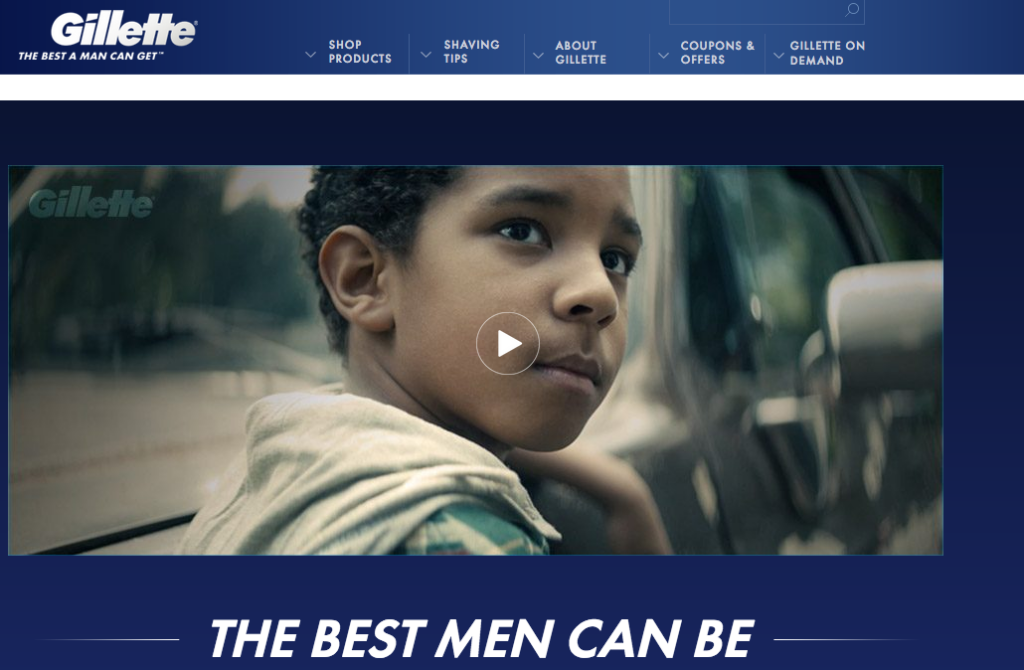
Campaign Goal
Gillette wanted to go beyond selling razors and address something bigger: what it means to be a man today. This was around the time the #MeToo movement was dominating the cultural conversation, and the brand saw an opportunity to take a stand, while also refreshing its identity for a new generation of consumers.
Strategy Used
They flipped their famous tagline, “The Best a Man Can Get,” and challenged men to do better, calling out toxic behaviors like bullying, sexism, and violence, while highlighting positive role models. The ad was a mix of raw and emotional storytelling, and it got people talking, good and bad.
Key Marketing Takeaway
Not every audience will agree when a brand takes a stand, but that’s okay. In today’s world, silence can feel like indifference. Gillette took a calculated risk and built deeper loyalty with younger, values-driven consumers.
3. Staples’ #ThankATeacher
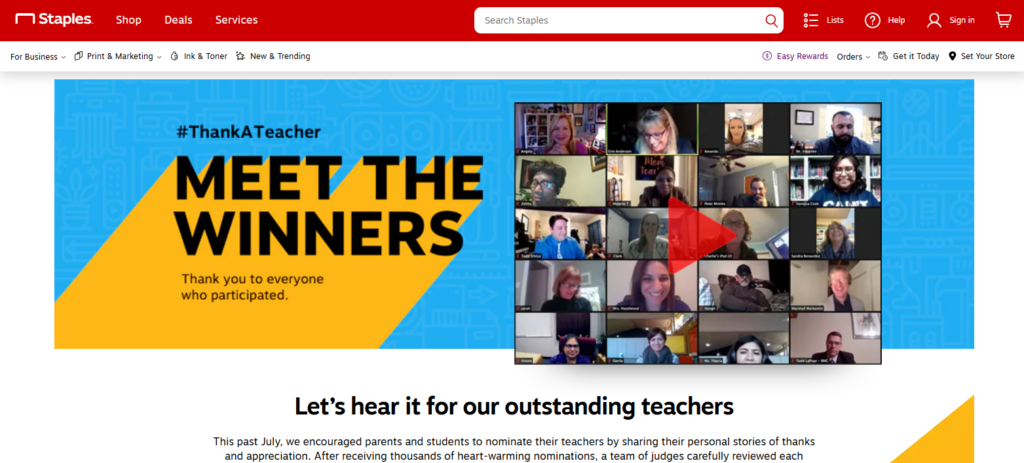
Campaign Goal
Staples wanted to do more than promote back-to-school sales, they wanted to show that they genuinely supported educators. This was also a smart way to reconnect with families who see teachers as heroes but often watch them struggle with underfunded classrooms.
Strategy Used
They created a social campaign where students and parents could post public thank-you messages to teachers. Staples then tied those messages to actual impact, giving away classroom supplies and running a sweepstakes where schools could win big on much-needed essentials. It was simple, emotional, and aligned perfectly with the brand’s space in education.
Key Marketing Takeaway
When a social cause is closely tied to your business, the marketing almost writes itself. Staples didn’t need to stretch—they just leaned into what they already do and made it meaningful.
Also Read: Starbucks Case Study
4. TOMS Gives Back
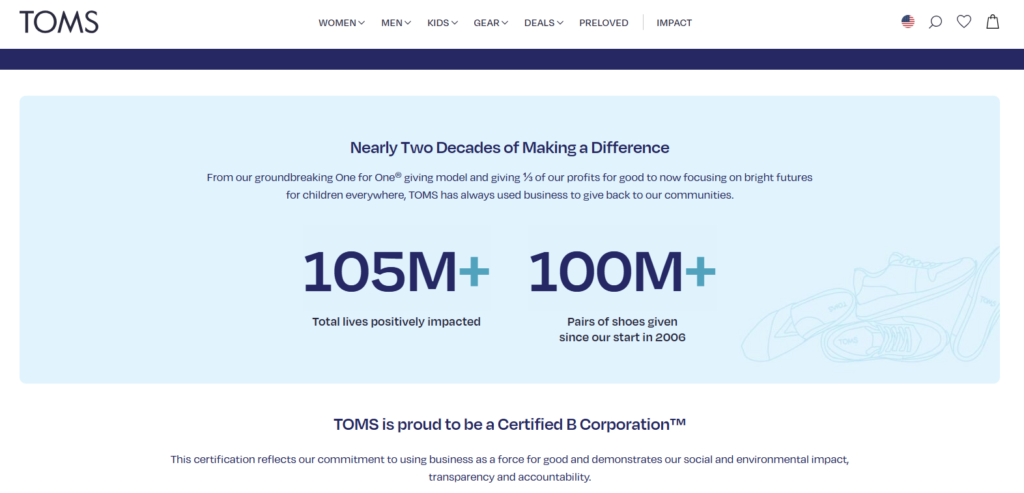
Campaign Goal
This wasn’t a campaign, it was the entire reason the company exists. TOMS was built around one bold idea: for every product sold, one would be donated. The goal was to prove that a for-profit business could be just as committed to social good as any nonprofit.
Strategy Used
They launched with shoes but didn’t stop there. As the company grew, they extended the one-for-one model to eyeglasses, clean water, and even safe birth services. Every single purchase became a tangible act of giving. It wasn’t just branding, it was the business.
Key Marketing Takeaway
When social impact is baked into the product itself, you don’t need to “market” your values. The brand and the mission are one and the same, and that’s where real trust gets built.
5. Have a Coke and a Smile
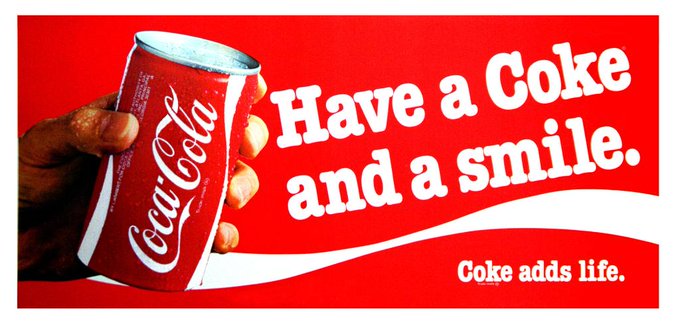
Campaign Goal
Back in the 1970s, Coca-Cola wasn’t just trying to sell soda, they were trying to connect with a world that felt divided and tense. The idea was to associate the brand with optimism and shared humanity, not just refreshment.
Strategy Used
Their now-iconic “I’d Like to Buy the World a Coke” ad featured a group of young people from around the world standing on a hilltop, singing together. It wasn’t preachy or complex. It simply showed people connecting through something small and universal. That warmth became the campaign’s superpower.
Key Marketing Takeaway
You don’t always need a hard-hitting cause. Sometimes the most powerful message is about shared moments and human connection. Coke didn’t push product—they invited people into a feeling.
Also Read: Coca-Cola Case Study
6. British Army’s “Nothing Can Do What a Soldier Can Do”

Campaign Goal
The goal here was to modernize how young people viewed military service. There were lots of outdated perceptions, especially that the army was only for a certain type of person or background. The British Army wanted to challenge that and attract a more diverse range of applicants.
Strategy Used
They didn’t go the traditional “serve your country” route. Instead, they focused on what makes soldiers uniquely human: empathy, resilience, and emotional intelligence. Real soldiers shared their own stories, making it personal and relatable rather than just patriotic.
Key Marketing Takeaway
Sometimes the brand you need to reposition… is your own. Social marketing isn’t always about external issues, it’s also about reframing how people see your mission, your people, or your product.
7. Volvo’s #SelfieForSafety
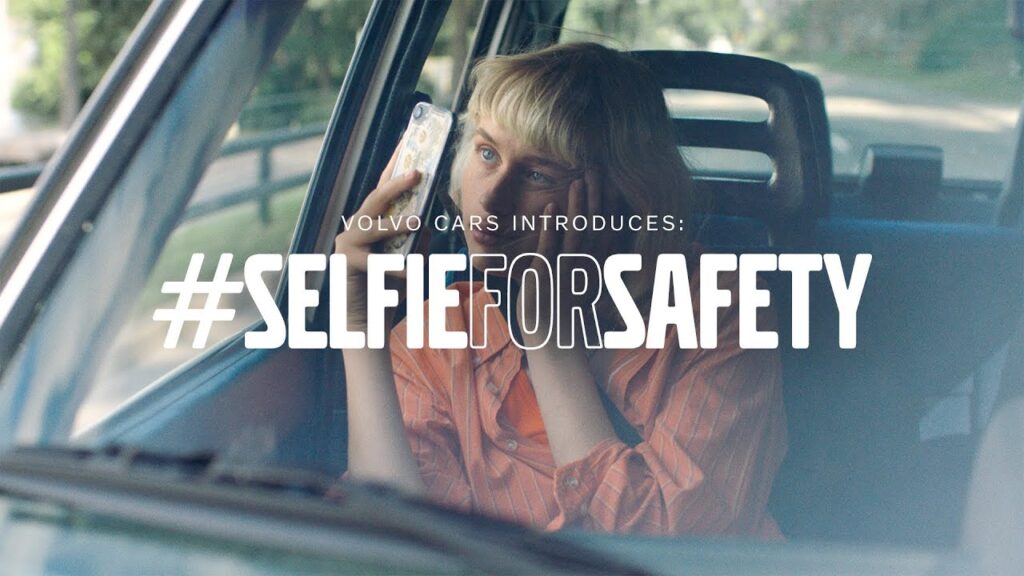
Campaign Goal
Distracted driving is a huge issue, especially with people glued to their phones. Volvo wanted to change that behavior but without using scare tactics, which people often tune out. They also wanted to reinforce their identity as the brand that cares most about safety.
Strategy Used
They created a hashtag campaign asking people to take a “safety selfie” before driving, not during. The goal was to channel that selfie impulse in a safer direction. Influencers were brought on to model this behavior in a fun, non-preachy way.
Key Marketing Takeaway
Behavior change doesn’t always come from fear. Offering a positive, simple alternative can be just as powerful, especially when it fits naturally into how people already behave.
Also Read: Benefits of Social Media for Business
How Brands Can Integrate Social Marketing Into Digital Campaigns
Let’s be honest, most brands don’t have the luxury of running campaigns purely for a cause. There’s always a business objective in the mix. But the good news? You don’t have to choose between impact and performance. You can, and should, blend both.
1. Start by weaving your social values into your product story
It doesn’t have to be dramatic. A sustainable fashion brand can highlight ethical sourcing in its product ads. A fintech app can promote financial literacy, not just features. The point is to make your values feel like part of what you do, not just what you say.
2. Social impact makes your brand positioning stronger
When done right, social marketing gives your brand an identity beyond your product. It shows you’re in tune with the world. It shows you care. That emotional depth builds trust, which, newsflash, is a massive conversion driver in itself.
3. It can work with performance marketing
Let’s not act like social good can’t be tracked. If your campaign is pushing an idea like mental health awareness or eco-conscious choices, you can still map it to KPIs:
- Awareness lift
- Sentiment shift
- Branded search volume
- Even downstream metrics like time-on-site or email opt-ins
It just means redefining what “performance” looks like for that particular goal.
Also Read: Green Marketing Examples
4. Use the platforms you already advertise on
The best part? You don’t need a new tech stack. Social ads, video spots, influencer partnerships, all of them can carry a social message if you frame it right.
- A Meta ad can spotlight a community cause
- A YouTube pre-roll can tell a story that sticks
- An influencer can bridge the gap between product and purpose
Just make sure it feels real. People scroll past shallow “purpose” faster than ever.
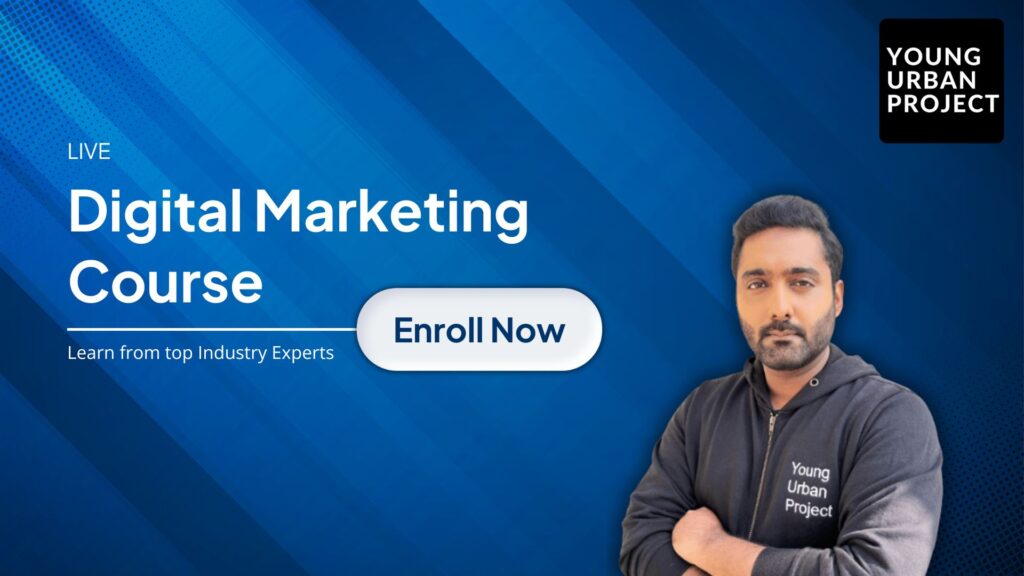
Enroll Now: Live Advanced Digital Marketing Course
Conclusion
Social marketing isn’t a buzzword, it’s a real shift in how brands think and act.
It’s proof that marketing can be more than persuasive; it can be transformative. It can challenge harmful norms, spread awareness, and nudge society in a better direction.
As marketers, we’ve got tools that influence behavior every day. So why not use them to do something that matters?
Yes, ROI still counts. But maybe we need to expand what “return” really means. If your campaign makes someone think differently, act differently, or feel seen for the first time, that’s real impact.
And in the long run, that kind of brand connection is worth more than any click-through rate.
Also Read: Performance Marketing Metrics
FAQs: What is Social Marketing
1. What is the main goal of social marketing?
The goal is to change behavior for the greater good, whether that’s healthier choices, safer habits, or more inclusive thinking. It’s not about selling something, it’s about encouraging action that benefits individuals and society over time.
2. Is social marketing the same as social media marketing?
Not at all. Social media marketing is about platforms and reach. Social marketing is about purpose and change. You might use social media to deliver the message, but the end goal is different, one is profit, the other is impact.
3. Can businesses use social marketing for branding?
Absolutely. When a brand genuinely aligns with a cause, it builds emotional trust and long-term loyalty. People want to support companies that reflect their values. But it has to come from a real place, audiences can spot a fake a mile away.
4. What’s the difference between social and commercial marketing?
Commercial marketing sells a product. Social marketing sells an idea or action. One wants profit, the other wants behavior change. They might use the same tactics (like audience research), but the intentions and outcomes are completely different.
5. How do you measure success in a social marketing campaign?
You’re not looking at conversions, you’re looking at behavioral change, awareness growth, or a shift in public perception. Surveys, social listening, and long-term engagement metrics can help show if your message actually made a difference.
6. Are there any risks to social marketing?
Yes, if it’s not authentic, people will call it out. We’ve all seen brands get dragged for “purpose-washing.” The key is to lead with integrity. Support causes that make sense for your brand, and follow through, even when the spotlight’s off.

